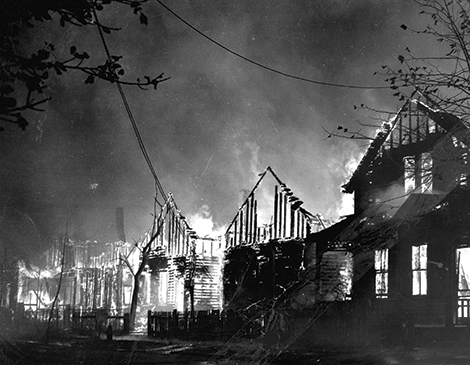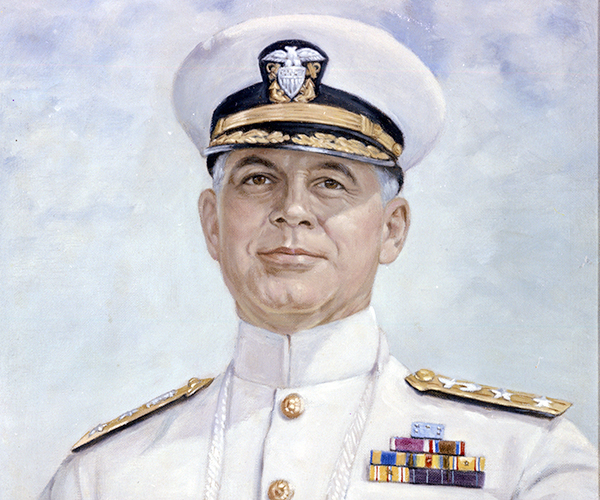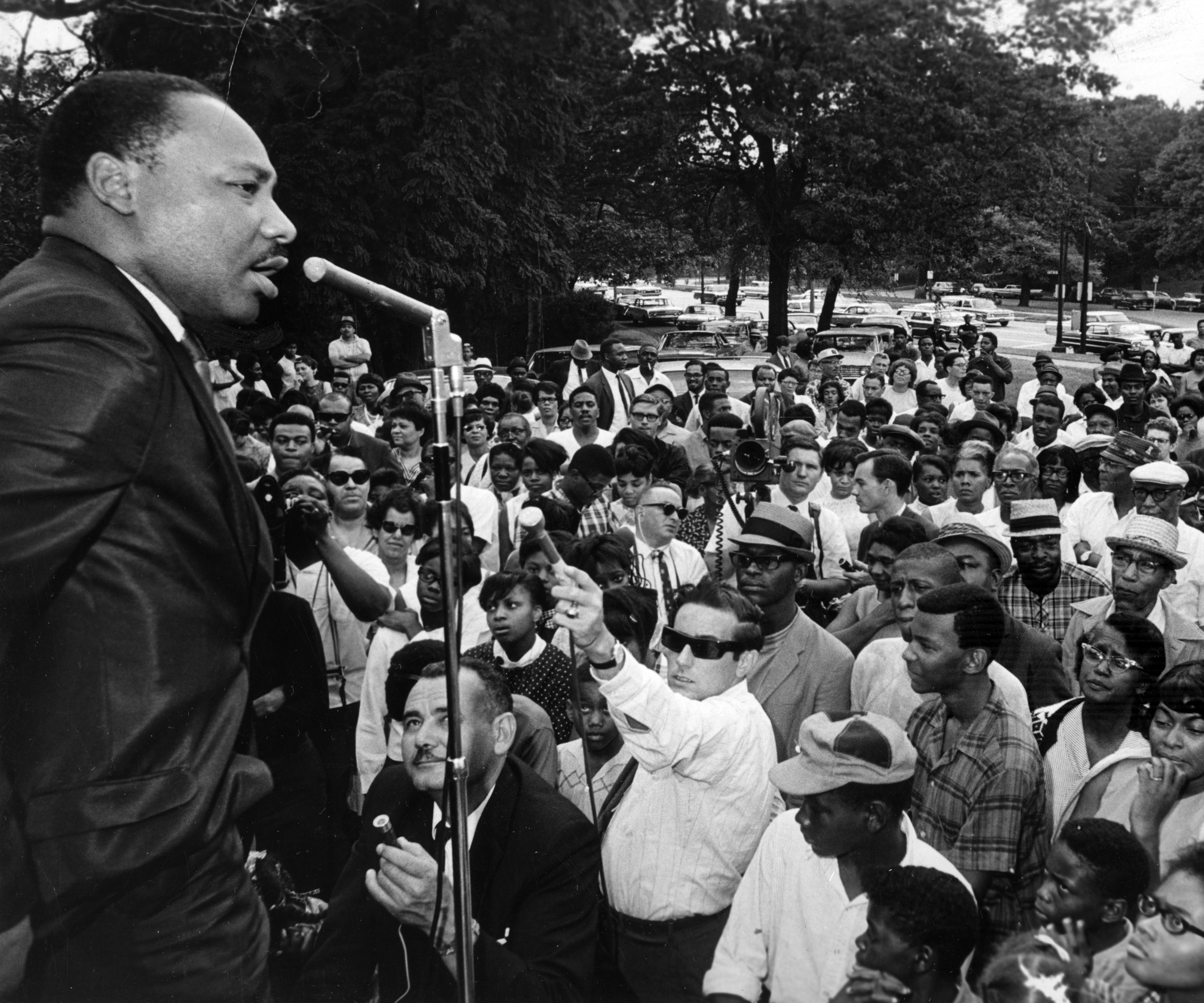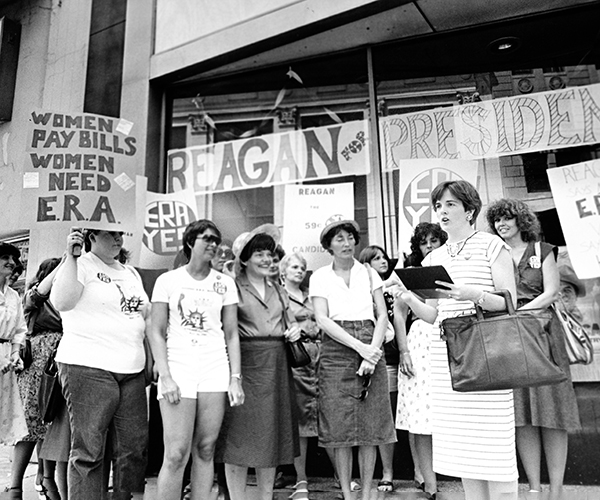Oct. 20, 1944, was an unseasonably warm Friday in Cleveland. But at 2:40 p.m., it turned into hell on earth for the city’s East Side.
An explosion rocked residents as far east as Shaker Heights. Flames went hundreds of feet into the air, visible from Geauga County, immolating birds in mid-flight as the air temperature reached as high as 3,000 degrees. Tires flattened on nearby streets, melted by heated asphalt, and manhole covers blew into the air.
World War II was still raging, so initial thoughts were sabotage. But the cause turned out to be at the largest and newest of four storage tanks at the East Ohio Gas Co. facility, at the end of East 61st Street just north of St. Clair Avenue.
The tank, containing 100 million cubic feet of liquefied natural gas, started to leak. Some residents reported seeing a haze as the liquid turned back into gas, which expanded throughout the city’s St. Clair-Norwood neighborhood, a haven for Slovenian immigrants. The gas ignited, setting the entire neighborhood on fire. Twenty minutes later, another storage tank blew, adding to the conflagration.
Fire departments from throughout Cuyahoga County were called to respond, but the blaze burned until the next day. The final tally was one of the most awful in Cleveland history: 130 dead, including 73 employees of East Ohio Gas. In fact, 61 of the dead were so badly disfigured that they couldn’t be identified.
East Ohio Gas (now part of Dominion Energy) paid out millions in settlements and began storing gas underground. The neighborhood was rebuilt, thanks in no small part to efforts by local businessman Anton Grdina. Today, the area where the gas tanks once stood is a park named for him.
Start your day the best way by signing up for our free daily newsletter. Arriving in your inbox every morning to keep you in the loop on the best guides, home and style tips, and news briefs for all things Cleveland. Click here to subscribe.




